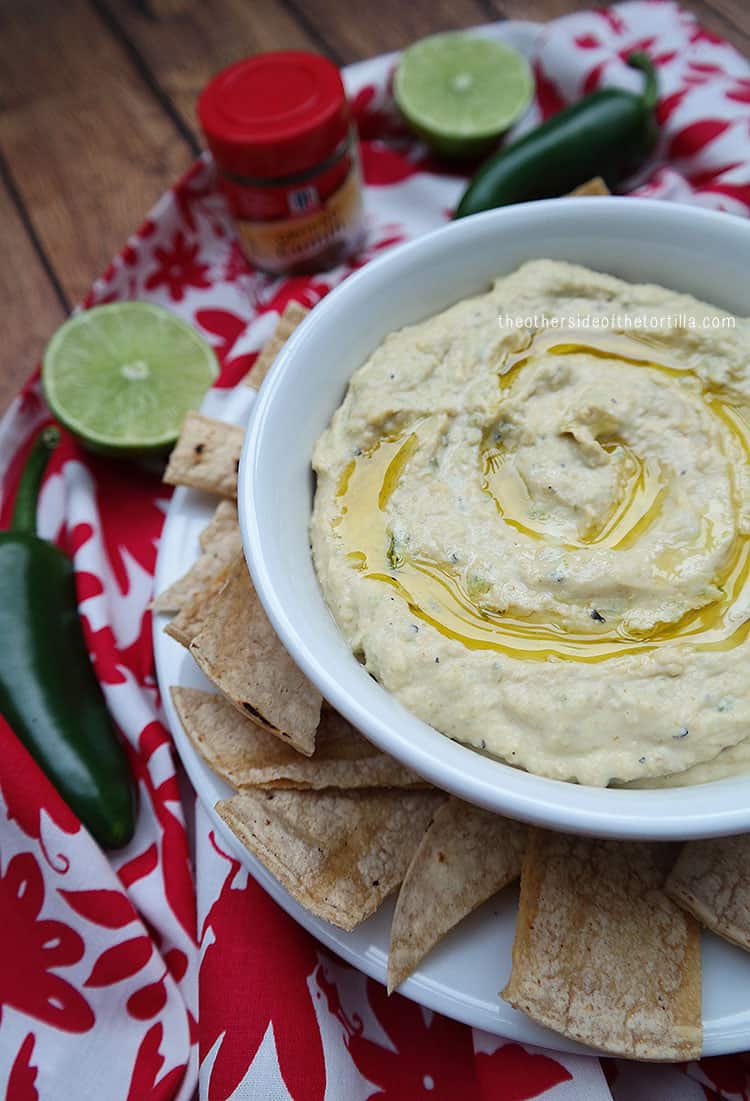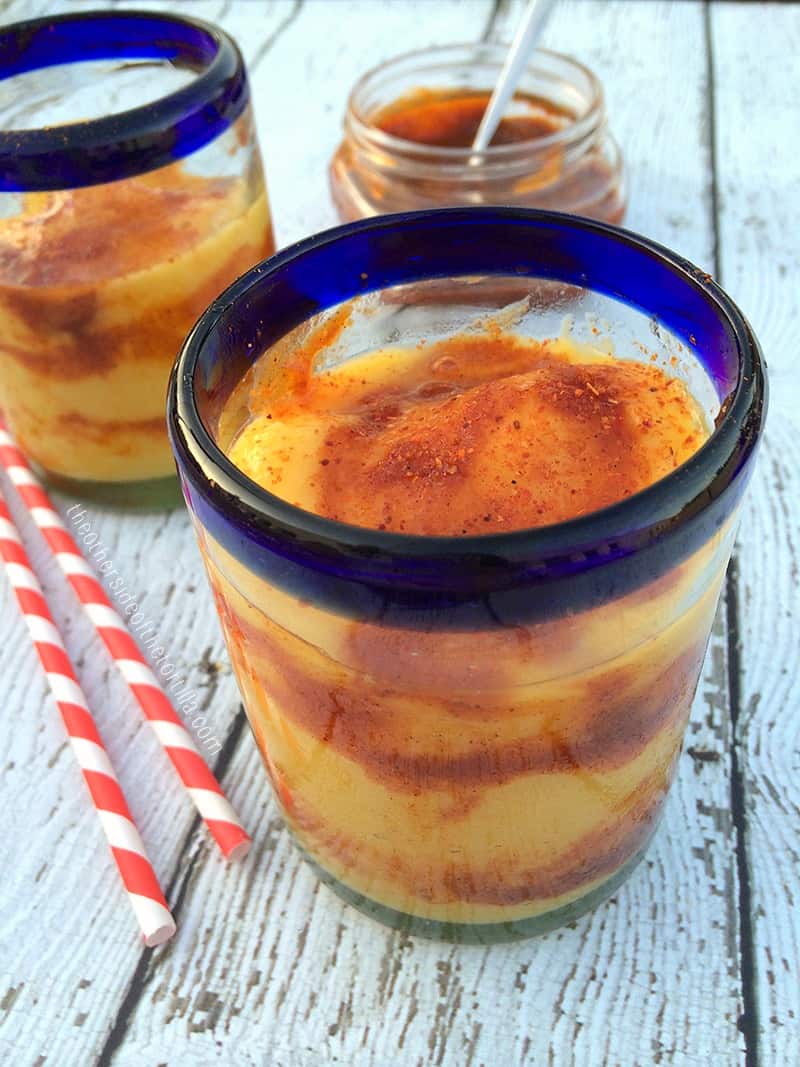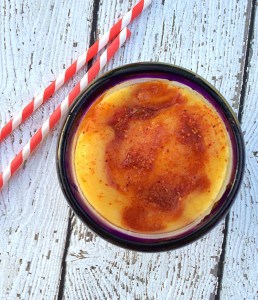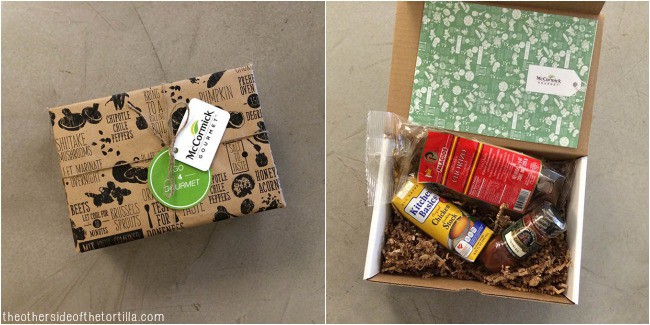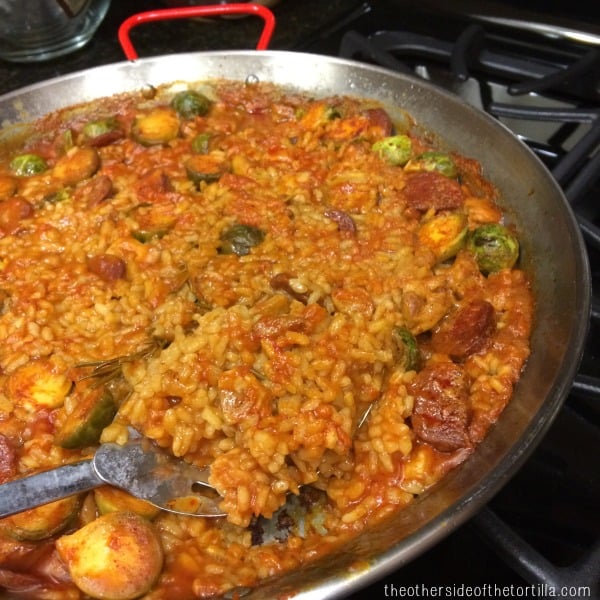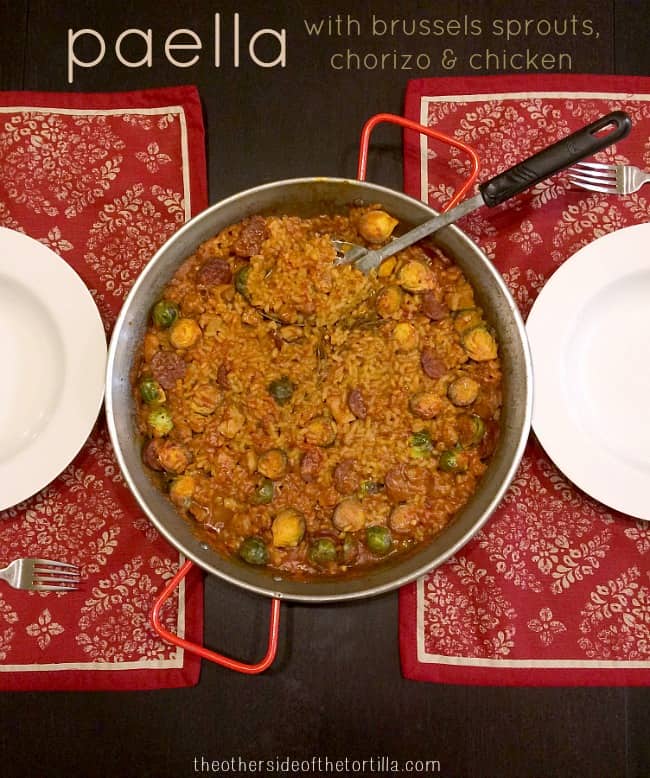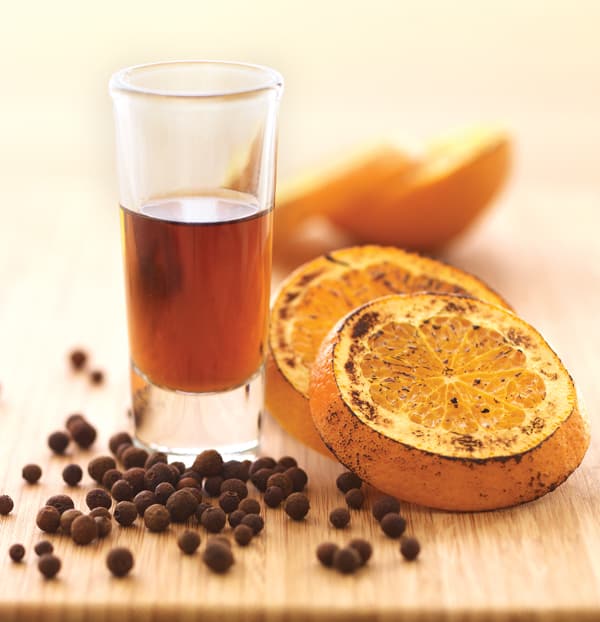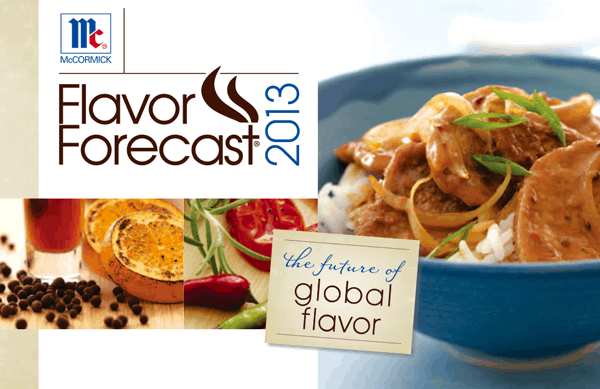This post is part of a compensated campaign with McCormick Spices. All opinions and the recipe here are my own.
Roasted jalapeño hummus is a quick, easy, healthy snack you can make at home in about 15 minutes.
While this might look like any old regular hummus, the roasted jalapeño, garlic and cumin give it a mellowed, spicy kick for a different flavor than traditional, plain hummus. This anything-but-typical dip is great served with pita bread, pita chips, or tortilla. chips. And in 2015, this snack — which is a fusion of Middle Eastern and Mexican flavors — is actually trendy! Middle Eastern dips and spreads are one of the global food trends in this year’s Flavor Forecast from McCormick Spices.
It’s quite easy to work most of these trends into your daily cooking routines, but I challenge you to try to incorporate at least one trend per week. Chances are, if you’re a Mexican food enthusiast, you may already be cooking according to some of these trends — in which case, congratulations for being accidentally cool!
Check out the full McCormick Flavor Forecast 2015 and get inspired to get cooking with recipe suggestions galore.
There are eight flavor trends to watch in the 15th annual McCormick Flavor Forecast, and here, I’m sharing my five favorites and how you can apply them with Mexican cuisine in your own kitchen.
RELATED: 2013 McCormick Flavor Forecast gives Mexican food a global twist
…
